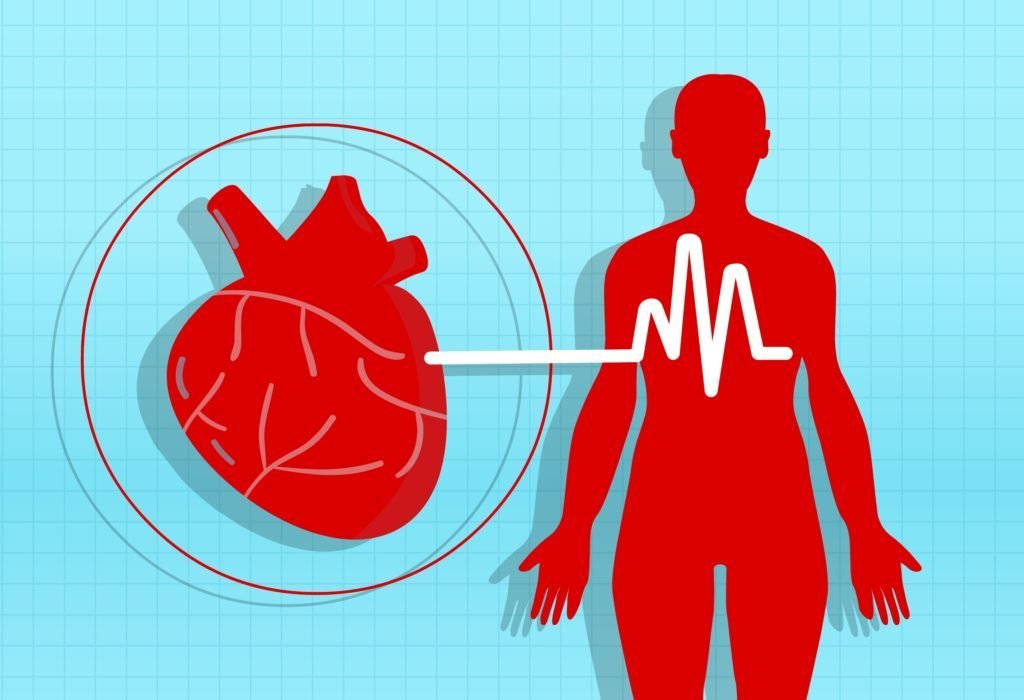Hypertension Treatment in Ayurveda anticipated to identify the root cause of it.
The amount of blood pumped by the heart and the amount of resistance received by it, in the arteries, is used to determine a person’s blood pressure. More the resistance, more is the blood pressure. The blood pressure can increase for different reasons including hypertension. Hypertension is a long-term health disorder which can cause fatal complications like heart failure, kidney failure and, strokes. Hypertension treatment in Ayurveda is curable.
People can have hypertension for years without having any symptoms associated with it, but, in some cases, symptoms do show up (regular check-ups is the only way to detect it). Therefore, at times, it is also known as a silent killer, for having the ability to cause significant damage to the host, without being detected easily.
Read More : How is CBD Helpful For the Harmful Kidney Diseases?

Adults above the age group of 60 years are usually more susceptible to the disease. It is present in at least, one among every four adults. Obese and overweight people are at greater risk from the disease. Hypertension treatment in Ayurveda completely detect its root.
Physical inactivity along with unhealthy lifestyles and improper food habits makes people more vulnerable to the disorder and its related complications. High blood pressure also tends to be hereditary and runs in the families.

In Ayurveda, hypertension is called Rakta Gata Vata (imbalance related to blood flow and blood pressure).
Ayurveda, with its Safe Ayurvedic treatments for hypertension, has targeted the faulty lifestyle habits which are liable for the upsurge of the disease. Hypertension treatment in Ayurveda is known as Rakta Gata Vata .Minimizing stress factors like Atichinta (excess worry), Bhaya (fear), Krodha (anger), Alasya (dullness), etc. is given significant importance in the process of prevention and stabilization of the disease.

- Some of the factors contributing to hypertension are:
- Stress
- Physical Inactivity
- Excess consumption of processed foods






















